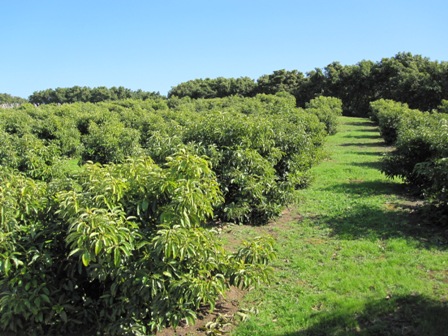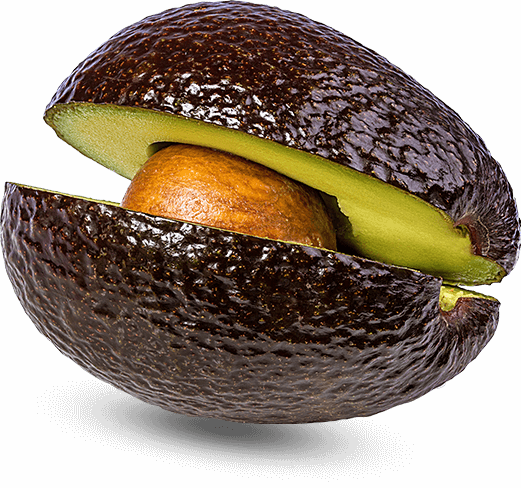Call it, if you will, green gold.
The cultivation of avocados has become a massive business in the past few decades, particularly in California, Mexico and Chile. But the industry in these countries faces difficult challenges, according to an intriguing Netflix documentary, The Avocado War.
The avocado, once dismissed as fatty and unhealthy, is now universally regarded as a nutrient-rich health food. Eleven billion pounds of avocados are consumed annually, making this fruit one of the world’s most popular.
I’m one of the millions of consumers who buy it regularly. I eat dozens of avocados a year, using them to whip up a tasty dip so easy to make. I mash two avocados and one hard boiled egg with a fork, add some lemon juice, season with salt and pepper and maybe cayenne, and viola, this heavenly mixture is ready to be stuffed into a pita or smeared on sliced bread. I picked up this recipe on a kibbutz in Israel, and The New York Times‘ restaurant critic printed it in his column in the mid-1980s.
As I learned from The Avocado War, the avocado is a fickle fruit, requiring the right soil, ideal weather conditions and plenty of water (18 gallons are needed to grow a single avocado). Which is why avocados thrive in only a few select places.

In California, which produces 95 percent of the avocados in the United States, the avocado boom started in the 1970s and grew exponentially in value from $25 million in 1970 to $160 million in 1985. Since then, the avocado industry has grown tremendously.
The path to prosperity was paved by the introduction of the Haas variety, which is creamy and delicious and travels well. Today, Haas avocados account for 80 percent of the avocados sold globally.
Avocado farmers in California have prospered, but a looming water shortage threatens their business.

For a long time, high tariffs kept Mexican avocados out of the United States. But with the passage of the free trade agreement between the United States, Canada and Mexico in the early 1990s, avocados by the ton began pouring into American marketplace.
Due to its perfect growing weather, Mexico produces more avocados than any other country and dominates the export market. Mexico’s ability to supply consumers with avocados the year round was a positive development because it created a huge demand for them in the United States.
Avocado plantations in Mexico — the birthplace of the avocado — are concentrated in the state of Michoacan. When a local drug cartel tried to muscle in on the trade, the Mexican government intervened, but ineffectively. Criminals forced farmers to establish protective self-defence forces, but the struggle continues and Michoacan is still considered a dangerous area. As a result, the U.S. State Department advises travellers to avoid it.
Chile’s status as South America’s second largest exporter of avocados to Europe, after Peru, is due, in large part, to Israel. Thanks to Israeli irrigation systems, growers were able to plant avocado trees in arid hilly areas.
The problem in Chile is that big producers illegally siphon scarce water resources away from small farmers, forcing them to sell their land to their greedy competitors.
The avocado is a beautiful, versatile and delicious fruit, enjoyed by countless consumers in many countries. But judging by The Avocado War, the farming of avocados is no simple matter, especially in California, Mexico and Chile.